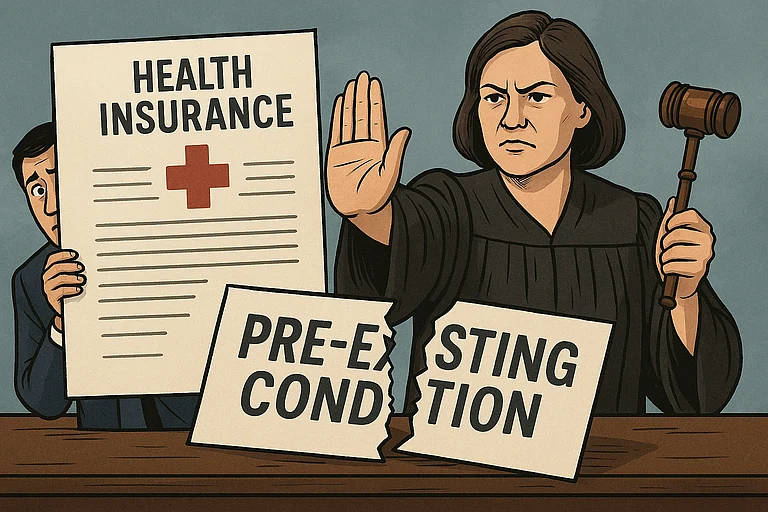Typically, the conversations around health insurance are largely concentrated on urban centres where financial literacy is stronger and healthcare access is more within reach. However, data shows that a quiet but powerful shift is happening in the insurance industry.
A new study by Niva Bupa, a health insurance firm, finds that women in non-metro cities are dominating retail health insurance buying, surpassing their metropolitan counterparts.
The number of insured women in non-metros has registered a 37 per cent year-on-year increase during the period of 2020-2024 which is much higher than 24 per cent of their metropolitan counterparts.
Such a shift is not just a statistical update but also a visible change in broader socio-economic transformation where women are becoming active decision-makers in their family’s financial and healthcare planning.
The Post-Pandemic Awakening
The study finds that the pandemic was a turning point which exposed how fragile the healthcare systems are and the need for financial preparedness.
The report notes that, in the years since, more women - particularly in smaller cities and towns have taken matters into their own hands. At Niva Bupa, women now constitute around 19 per cent of overall policy proposers. This number has grown 2.4 times since 2020.
In non-metro, this growth is even more pronounced at 3.1 times compared to 1.7 times in metro cities. This shows how women outside big cities are prioritising health security more than ever before.
Says Nimish Agrawal, EVP & CMO, Niva Bupa Health Insurance, “The increasing participation of women in health insurance is an encouraging sign of financial empowerment and healthcare awareness.”
Women’s Healthcare Needs
Health insurance claims data provides an interesting take on why this transition is happening.
Women make up 45 per cent of total health insurance claims at Niva Bupa, which further increases to 48 per cent in metros and South India.
Women’s healthcare needs change with their age. The data shows the following trend in changing medical requirements of women:
Age 28-35 years: Young adults account for 17 per cent of all women's claims, with a large proportion due to maternity-related costs.
Age 36-54: The middle years show the most claims (40 per cent), which are mainly filed due to eye-related problems, cardiovascular diseases, and musculoskeletal disorders.
Age 55 and older: During this phase, more severe illnesses like cancer, genito-urinary illnesses, and cardiovascular conditions mark up the most claims.
An even more concerning trend is the rising incidence of pregnancy-related complications. The numbers show that 63 per cent of childbirth claims are for C-sections and complicated deliveries wherein Western and Eastern India are seeing the highest rate at 66 per cent and 71 per cent respectively.
This shows that the cost of maternity care is rising and why women must have full health coverage.
Bridging the Gender Gap
Despite this encouraging trend, there are issues that must be dealt with. Although more women are buying health insurance, they still lag behind men in the total rate of claims, with the exception of the 41-50 age bracket where women's claim rate marginally surpasses that of men.
This shows that women’s health risks increase as they age which again calls for a comprehensive health plan.
The study points towards a need for women to take better care of their health as they grow older.
While metro cities tend to be at the forefront of financial literacy, the report establishes that non-metro women are now leading the way in reshaping health insurance adoption. The challenge now is to ensure that this progress continues.
















